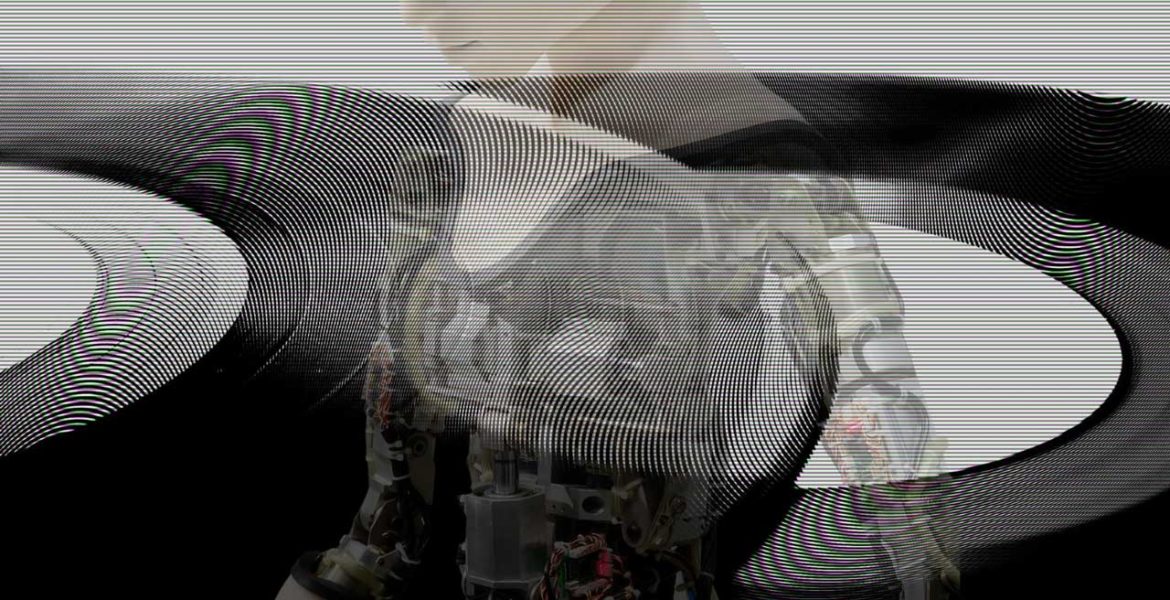Written by By Brett Volker, Founding Partner, Listen
Sound is crucial to evoking emotion. Studies suggest that certain sounds collaborate with our other senses to inspire strong feelings like passion and even love, creating multisensory experiences that resonate with us long after they’re over. For brands that can learn to harness this power, research shows that sound and voice can offer a powerful way to inspire brand loyalty, trust, and true affection. But to be most effective, the approach must be holistic and used in concert with brand expressions that leverage the other senses…
This is especially true for brands in the tech industry, which is currently in a state of evolution. We have formed an incredibly close relationship with our technology over the last ten years alone, and tech brands impact nearly every area of our daily lives. In the age of COVID-19, that relationship has gotten even stronger as those of us confined to our houses had to rely on technology to help us reach the outside world. Use of video chat apps like Zoom, Houseparty, and Google Hangouts has risen dramatically as we fight to stay connected to each other.
Additionally, it’s predicted that by 2022, there will be 870 million voice-enabled devices in the U.S alone. This signals a tremendous opportunity for brands to further improve their sound design and embrace a more holistic approach that is cohesive across platforms. From the beloved calming harmonies of the Mac startup sound to the bubbly anticipation of the Skype call melody, and the bright and optimistic chime of a Tinder match, technology companies integrate sounds into their products and experiences that are both functional and strategically branded. But as brand/marketing and product teams can come together, creating multiple sonic touchpoints that are all built from the same core DNA, brands can truly drive growth, loyalty, and stronger consumer relationships.
The Sound of Loyalty
In many ways, tech is uniquely positioned to offer a holistic sonic experience. Consider Google’s harmonious integration of all of its services. Too often, though, tech industry voice and sound usage are marred by lack of integration. The sound and voice technology compete with each other rather than complementing, and the specific emotions the brand may be trying to evoke can get lost in the process. Google has avoided this pitfall by utilizing a holistic approach for their sound design and is consequently one of the most beloved tech brands of all time.
Inspiring loyalty to a brand using sound can come in many different forms. Intel, a B2B microprocessor supplier to brands such as Dell, HP, and Apple, built considerable consumer brand loyalty over two decades through the persistent use of a sound logo tagged onto the end of countless computer ads. That sound confidently signals to consumers when a product has Intel’s tech inside, resonating as a mnemonic device synonymous with reliability and stability.
Microsoft famously turned to legendary electronic musician Brian Eno to create the startup sound for Windows 95. The ethereal six-second chime became one of the most often heard and, as a result, recognizable sounds in the world, designed to convey optimism and inspiration within a very short timeframe. This simple step towards a cohesive sound palette has helped make Microsoft one of the most trusted tech brands in the world.
These examples from the dot-com era demonstrate that tech companies were taking design aesthetics and branding seriously from the beginning. In an increasingly competitive and discerning marketplace, they understood that sound played a critical role in shaping brand perception and user experience. Whether the users realized it or not, these early examples of holistic sound design gave them comforting cues that the brands they trusted were taking care of them. These same strategies must be pushed further as the industry and its products and services become even more seamlessly integrated. With so many brands to pick and choose from these days, using all of the tools at your disposal to win the loyalty of your audience is paramount to your success.
Creating Harmony
Microsoft has one of the most comprehensive, holistic approaches to sound design of any large tech brand. It touches over a billion consumers across the world, from Windows, Office, and Skype, to Xbox and Mixer, Microsoft connects with people at work, home, and in play. Because of this reach, its potential sonic touchpoints are vast. The challenge is to create a holistic sound identity that represents the brand personality overall while allowing for enough flexibility to adapt to all potential use cases. Sound for Microsoft comes to life across not only product sounds and UX, but also communications, ads, experiences, and partnerships to reinforce their distinct brand position within the technology landscape.
Since Brian Eno’s iconic Windows 95 startup chime, Microsoft has been paying great attention to the emotional potential of product sounds. But as the portfolio of products has grown, discreet sounds like an OS startup or app notification cannot be developed without consideration for a broader sound identity. With this identity in place, it becomes possible to design sounds for new products and ensure that they’re strategically aligned to a larger brand message and point of view.
As Microsoft continues to elevate its position in voice with Cortana — particularly as it moves from being a competitor to an integrated app within Amazon Alexa and Google Assistant — it’s critical to establish a distinct sound identity that connects emotionally and maintains brand consistency in the ears of consumers.
Impressive sonic branding like Microsoft’s can inspire other brands to craft product experiences that feel more fluid, more accessible, and more enjoyable to their audiences. Brands with iconic sounds comfort us, and we run to their technology, especially now in this time of unprecedented separation. From voice and IoT to virtual and augmented reality, tech brands who leverage the power of sound and voice to drive user experience and reinforce brand identity will be rewarded with a lifetime of consumer belief, trust, and affinity.

